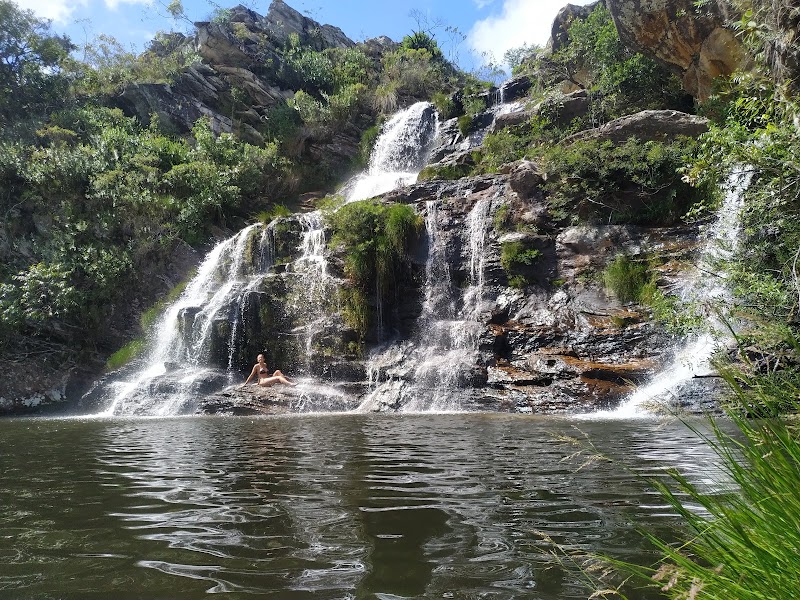
Experience the rich cultural tapestry of Antalaha, Sava, through vibrant Malagasy celebrations that showcase ancestral traditions, music, and dance. Discover practical tips and seasonal insights to help you fully engage with these immersive local festivals.
Stay Hydrated in the Dry Season
Antalaha’s festivals take place during the cooler months, but humid coastal air and active dancing can lead to dehydration quickly. Carry at least 1.5 liters of water per day.
Wear Comfortable, Sturdy Footwear
Uneven streets and nearby forest trails require shoes with good grip. Lightweight hiking shoes or trail runners work well for moving between events and exploring the surroundings.
Protect Yourself from the Sun
Though the dry season is cooler, sun exposure during parades and outdoor gatherings is intense. Use sunscreen, hats, and light long-sleeve clothing for protection.
Plan Accommodation Early
During cultural festivals, local lodgings fill quickly. Reserve your stay in Antalaha well in advance to ensure proximity to event sites and ease of access.
Celebrating Malagasy Culture: Festivals and Traditions in Antalaha, Sava
Antalaha, located in Madagascar’s lush Sava region, bursts into vibrant life during its local Malagasy cultural celebrations. These events offer more than spectacle; they invite travelers into an active exchange with a community fiercely protective of its heritage and environment. The town’s coastal position means the rhythm of waves often accompanies drumming and singing, while surrounding vanilla plantations provide a fragrant backdrop to gatherings filled with dance, ritual, and shared meals.
One of the key cultural events is the "Fandroana" festival, celebrated annually at the start of the Malagasy new year. Rooted in practices that honor ancestors and seek renewal, Fandroana combines ancestral rites with exuberant public festivities. Expect processions where locals wear colorful traditional attire, accompanied by the steady pulse of marovany zithers and indigenous drums.
Practical travelers should plan ahead: these events occur usually in July and August, during Madagascar’s cooler dry season. The town's relatively flat layout makes exploring on foot straightforward, but the heated sun and lively crowds demand sun protection and hydration. Markets spill into streets, offering fresh seafood and handcrafted goods—essential opportunities to engage directly with local artisans.
Antalaha’s celebrations command respect—not as mere entertainment, but as fierce expressions of identity shaped by the land and sea. The forest nearby guards its secrets: its humid air thick with the scent of vanilla flowers and dense foliage damp with sporadic rain, demanding sturdy footwear for uneven paths when venturing beyond town. Listen closely and you might hear the whisper of the ocean breeze daring you deeper into exploration.
Whether you’re a casual cultural observer or an adventurous explorer, these events balance energetic social gatherings with moments of quiet reverence for natural and ancestral forces. To experience Malagasy culture here is to understand that the land, sea, and people are engaged in a continuous dialogue—one where every dance step and chant carries centuries of history.
Prepare to move with the pulse of Antalaha—bring practical gear, an open mind, and a willingness to embrace a celebration that is as much about community as it is about the unyielding spirit of a place.
Nearby Trips
All Adventures
Boat Charters
Water Activities
Adventures near Antalaha, Sava
Discover the unique and memorable adventures that make Antalaha, Sava special.
Frequently Asked Questions
When is the best time to attend cultural celebrations in Antalaha?
The major Malagasy cultural celebrations in Antalaha typically occur in July and August during the dry season, offering pleasant weather and vibrant festival activities.
Are the festivals suitable for solo travelers or families?
Yes, the festivals are community-focused and friendly for all types of travelers, including families and solo visitors. Early planning helps secure comfortable accommodations.
What local wildlife might I encounter during festival visits?
While the town itself is urban, nearby forests and coastal edges are home to lemurs, colorful chameleons, and a diverse range of birds native to Madagascar’s unique ecosystems.
Are there any off-the-beaten-path cultural experiences in Antalaha?
Look for smaller village ceremonies on the outskirts of Antalaha and artisan markets where vanilla farmers and craftspeople hold intimate demonstrations and storytelling sessions.
How should I respect local customs during festivals?
Observe respectfully, ask permission before photographing individuals or rituals, and participate calmly. Wearing modest attire and learning a few Malagasy greetings can enhance interactions.
Are there environmental concerns related to visiting during celebrations?
Tourists should minimize plastic waste, avoid disturbing sacred sites, and support community-led conservation efforts that protect the forests and vanilla plantations integral to local culture.
Recommended Gear
Lightweight Hiking Shoes
Offers support and grip for walking on mixed terrain within town and nearby trails.
Reusable Water Bottle
Stay hydrated throughout long festival days, particularly important in dry and sunny months.
Wide-Brimmed Hat
Protects from strong sun exposure during outdoor events.
Light Rain Jacket
Useful for sudden coastal showers common in the wet season.
Local Insights
Hidden Gems
- "Sahavola neighborhood for traditional rice pounding ceremonies"
- "Quiet beaches near Antongil Bay for early morning reflection"
- "Forest paths where lemurs make surprise appearances during festival downtime"
Wildlife
- "Silky sifaka lemur"
- "Comet moth"
- "Baobab trees hosting native birds"
History
"Antalaha’s position as Madagascar’s vanilla capital shaped its cultural events, blending indigenous Sakalava and Betsimisaraka influences with colonial histories, reflected in foods and rituals observed."
